Design thinking – A practical guide to design thinking
Reading time 20 mins
Design thinking summary
- Design thinking is a creative methodology used to identify unmet needs
- Design thinking is a user-centric design process focussed on designing better products and services
- Design thinking challenges designers to observe and understand user behaviour to design impactful solutions to real problems
Ready to start developing your new product?
Call us for a quote!
Ben Mazur
Managing Director
I hope you enjoy reading this post.
If you would like us to develop your next product for you, click here
Design thinking – a practical guide
Are you looking to improve your in-house product design process or learn more about design thinking? Are you looking for tips on how to implement design thinking in your organisation or perhaps you’ve heard the phrase and want to know what it’s all about? In this white paper we explain the various stages of design thinking and take a closer look at the key benefits. We have provided lots of practical tips, links and free resources throughout to help you and you can save this white paper as a PDF to read later using the button at the top of the page.
Design thinking is broken down into 5 stages which we will cover in this white paper.
- Empathise
- Define
- Ideate
- Prototype
- Test
The value of design thinking
Design thinking is a creative methodology and innovation process which frames the user at the centre of the design challenge, an approach often referred to as user centred or human centred design. It is a process of organised fact finding and decision making, used to design better products and services and create impactful solutions to real problems. It achieves this by gaining a deep understanding of the users’ needs and problems and identifying where these aren’t being adequately met.
Design thinking is not only for products, it can help us design better services, better experiences, better software, better buildings, better vehicles and that is better for business. But the user-centric nature of design thinking is at odds with the way many businesses instinctively approach new product development which is solution oriented and linear, driven by deadlines and commercial objectives. But the design thinking approach is good for your bottom line, results from a 2015 study show that over the last 10 years design-led companies have maintained significant stock market advantage, outperforming the S&P by an extraordinary 211%.
Design thinking is an iterative process, which means that although the stages appear to flow in a linear progression, in practice that is rarely the case. No matter how good your idea is, to get from a great idea to a great product is never a direct journey. If you haven’t hit a few brick walls, had a few false starts or had to go back and rethink your idea along the way then you have probably missed something. That is the benefit of design thinking, it is about discovering exactly what your users need and then providing them with solutions until those needs are met. By observing your users, talking to them and involving them in the process, we can provide them with better solutions to their problems, and that makes good business sense.
Example case:
Some years ago, we were designing a meeting room booking device, the kind of device which sits on a wall and lets you reserve the meeting space. The favourite concept for the client was circular as this was very much in vogue at the time, echoing the design of devices like the Nest thermostat.
It wasn’t until we presented the concepts to a group of customers that we learned that circular was an absolute no-no, it had to be rectangular. The visual attraction of a circular shape and omni directional lighting was seemingly unimportant compared to the ability to butt the device up against door frames and use other techniques to speed up installation, minimise wasted space and conceal cables.
The lesson here is talk to your users and customers as often as you can so you can to catch fundamentally wrong design decisions early. You can set off on a path, thinking you know what the best solution is by framing yourself as the user and then often have to turn back and take a different route based on what you learn as you go through the design thinking process.
The design thinking process
As you follow the design thinking process, the learning gained from one stage can often require you to go back and revisit a previous stage to make improvements based on new knowledge. This means the seemingly linear process frequently breaks out into smaller, iterative cycles within the larger design thinking process. For example you might come up with an idea, but whilst testing your prototype discover that the problem isn’t quite how you understood it, requiring you to loop back one or two stages to redefine the problem, come up with new concepts or rethink the idea entirely.
Design processes can exist in many different forms, they can vary from one organisation or institution to another and across industries. Some organisations have longer and more in-depth processes and some will be tailored to their exact requirements. This process is the design thinking methodology and it is a user centric approach, boiled down to its fundamental components to make it universal and applicable to many situations.
In this white paper we assume you already have a design brief and are looking to learn about how to apply the design thinking methodology. If you need help writing an effective design brief read our guide here, how to write an effective product design brief.
The 5 stages of design thinking
1. Empathise
The first thing you need to do is work out who your user is and learn everything there is to know about them. Build a deep knowledge of them. Get into their shoes, create a persona alongside a list of everything you know about them. Not just the basics like their age, gender and where they live, really dig down into their behaviours, their habits, their frustrations, their aspirations, their motivations. What are their problems and how do they currently solve them? How effective are their current solutions?
Tip:
Find opportunities to talk to your users and also ways to observe them. Often people will say they like a product but secretly struggle with it, or have to adapt their behaviour to fit the product. There is no such thing as a stupid user, only a stupid product. Train yourself to look for clues that people are adapting their behaviour to fit poorly designed products.
One thing design educators and textbooks often forget to mention is that your user isn’t always the customer. In the case of our meeting room booking device example there was a user and a customer who were different parties and each had their own requirements to factor in. Consider all of your stakeholders and their individual motivations. This can be difficult and requires you to talk to them which is especially tricky if they’re not interested in talking to you (or letting you observe them!).
Tip:
Speaking to people in person and observing them is ideal, but don’t forget social media and online forums are a great place to find your target users and get their feedback. Start by looking for interest groups around your target audience and post a thread or ask for feedback. If you need to find participants for a focus group this can be a good place to start. You are also likely to find that people on the internet are much more comfortable sharing honest feedback than they would be face to face, which can be useful.
2. Define
By now you should know what problems you are solving and for who. You now need to define who your users are and the problems they face and use that information to formulate a Problem Statement. Pull all of your observations together, what are the difficulties and frustrations? Construct a point of view based on the user needs you have identified. Focus the problem or problems which you will set about solving. It can be as simple as “we want to solve problem (x) for group of people (y)”. Don’t stipulate features, technology or commercial requirements just yet. A good problem statement should serve as goals to keep you on track based on what you have learned about your users.
If you need some help with your problem statement, download our free problem statement template.
3. Ideate
Now that you have defined who your users are, what their needs and challenges are and how they currently go about solving them, the next stage in the design thinking process is to start coming up with ideas. Concept generation, also known as idea generation or simply ideation is the next stage, it’s time to start work on some solutions!
If you need some inspiration on how to come up with lots of ideas take a look at our 5 ideation techniques post.
Come up with as many ideas as possible which fit the brief. This part works best as a team exercise in short, sharp bursts and the key is not to be too precious or spend too long getting stuck into the feasibility of one idea. Human nature is to get stuck into the details, but resist. All you need is a pen, some paper and a pack of Post-it notes. Have an idea, scribble it down with a few notes, stick it on the wall and move on. Once you have a good collection of ideas you can move to the process of whittling them down and building on them.
Tip:
Try to bounce off other team members and find ways to build on their ideas and make them work rather than shooting down and blocking them. We refer to this as “yes, and” approach rather than “yes, but”. Sometimes there is some wisdom in even the weirdest, stupidest or most unfeasible sounding ideas and you never know, an idea which sounds stupid to you might spark an idea in someone else which could lead to a whole new avenue of thought.
Using the brief and problem statement as a guide, narrow your ideas down to a few promising ones. A good way to do this is to number your ideas and write the number on each one. Then, on a separate sheet of paper draw a grid with the number of each idea along the top row and each of the needs or problems you identified in the left-hand column. Next, pick a datum, this can be how the user currently solves this problem, for example if you were looking for better ways for people to transport their shopping, this might be a plastic bag.
As a group discuss each idea and, in each cell, write a score which corresponds to that idea and problem area. Give the idea a score of +1 if it solves the problem better than the datum, -1 if it doesn’t or 0 if it neither solves it better or worse.
Totalling up the scores at the bottom of the table should give you a good indication of which ideas have the most merit against the requirements of the brief and problem statement. Pick the top two or three to take forward.
Download our concept evaluation matrix template to help you evaluate your ideas and select your best concepts.
It is also important to get involvement and feedback from users, customers and any other stakeholders there may be at this point. It is still easy to change ideas, move things around and re-think them. If you’ve made a fundamental miscalculation of the users’ requirements it’s better to catch it here, plus you will probably find that when presented with some ideas on paper, your users will have all sorts of ideas and insights to share with you.
Tip:
Avoid trying to design something which does too many things and cramming in every feature from your ideation sessions. Your design will end up losing its focus and it’s point of difference. If you can’t describe the benefits of a design, its features and who it is for in a sentence or two then it may be trying to be too much. Focus on one or two problems to solve.
4. Prototype
The next stage in the design thinking process involves taking your ideas forward, applying some thought and turning them into something tangible that can be evaluated. Prototypes speed up the innovation process because they enable you to quickly understand the strengths and weaknesses of a design concept. Having something which can be touched, felt and actually used for the purpose it was designed for will yield more learning than any other stage. Prototyping is useful for validating technical design but design thinking isn’t concerned with that, much more important is that prototyping provides you with user feedback. Prototyping gives you a tool to present to your users and say here, try this out, what do you think?
It is important to remember that of all of the design thinking stages, this one is the most likely to be iterative. It will deliver a lot of learning as it goes hand in hand with the following prototype testing stage. Prototypes don’t have to be polished and perfect, in fact early prototypes are likely to be basic forms which convey a sense of ergonomics and scale. As the iterations progress between prototyping and testing, more fidelity and clarity will emerge, features such as buttons are added and external components are introduced. Adjustments become smaller and finer until a well resolved prototype is accepted by your user group.
Find out more about prototyping and its role in user centred design in our article How prototyping and user-centred design leads to better products.
5. Test
Going hand in hand with the previous prototype development stage and often iterating between the two stages, the prototype testing stage is very important. Up until this point everything has been theoretical, untested and unproven.
The first type of testing will be user testing, the most important of all of the design thinking stages. From here you will want to answer questions like, does this do the job better than what you currently use? Is it easier or quicker? Do you know how to use it? A skilled designer will be able to hand a prototype to the user and infer answers to these questions simply through observation. This can be difficult to master at first, but having a pen and paper to hand and writing down everything you see or filming the testing sessions is a good way to start.
The second type of testing is the technical testing where you will evaluate fit and function, mechanical robustness and assembly process, but we aren’t covering that in this white paper.
Tip:
Try to assess your user experience through observation and give as little help to your test participants as possible. Hand them your prototype and present them with a list of tasks to complete. If they are struggling to complete a task using your prototype ask them to talk you through their thought process, make notes and go back and address the root cause in your design later. If you help them you are simply covering up a problem with your design which others will face too. Often you will find with early prototype testing that users will get confused, apologise for getting tasks wrong or even get quite frustrated. Make a note of everything and when you design the next version try to design out that problem to prevent them making the same mistakes.
Cognitive scientist and usability engineer Don Norman covers this topic at length in his book The Design of Everyday Things. A lot of people have a tendency to blame themselves when they can’t figure out a new gadget, such as a new TV’s remote control. This is always, however, due to faulty design and not the user’s stupidity. You can read a great summary of his book here.
Prototypes may be accepted, improved, redesigned or rejected based on your user feedback and you will need to iterate accordingly. Once your design has been fully tested and users have given positive feedback on the prototypes, then that is where design thinking ends and hands over to the design implementation, in this context that is the design for manufacture. If you would like to know more about the design for manufacture stage you can read more in our articles below.
Those are the fundamental stages of design thinking, we hope you have enjoyed reading and found it useful.
Comments
Get the print version
Download a PDF version of our article for easier offline reading and sharing with coworkers.


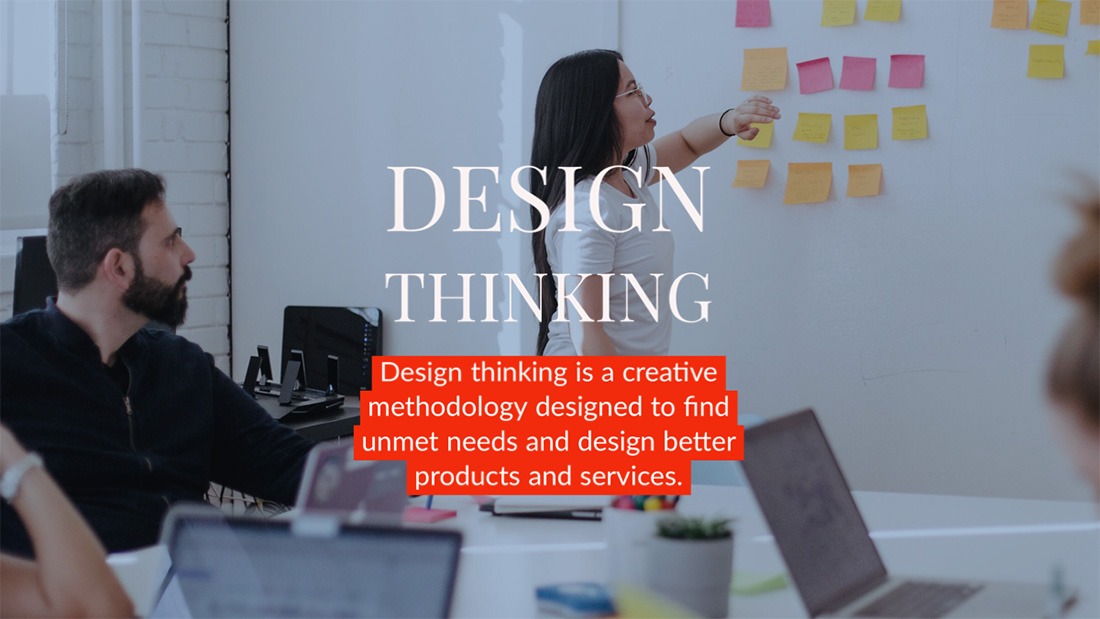


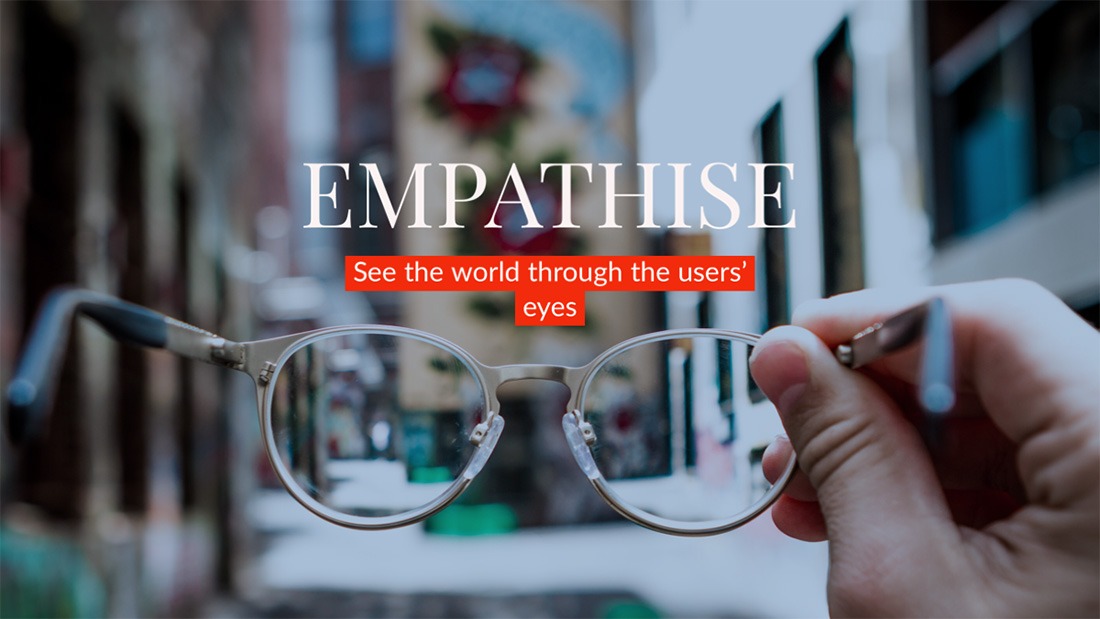
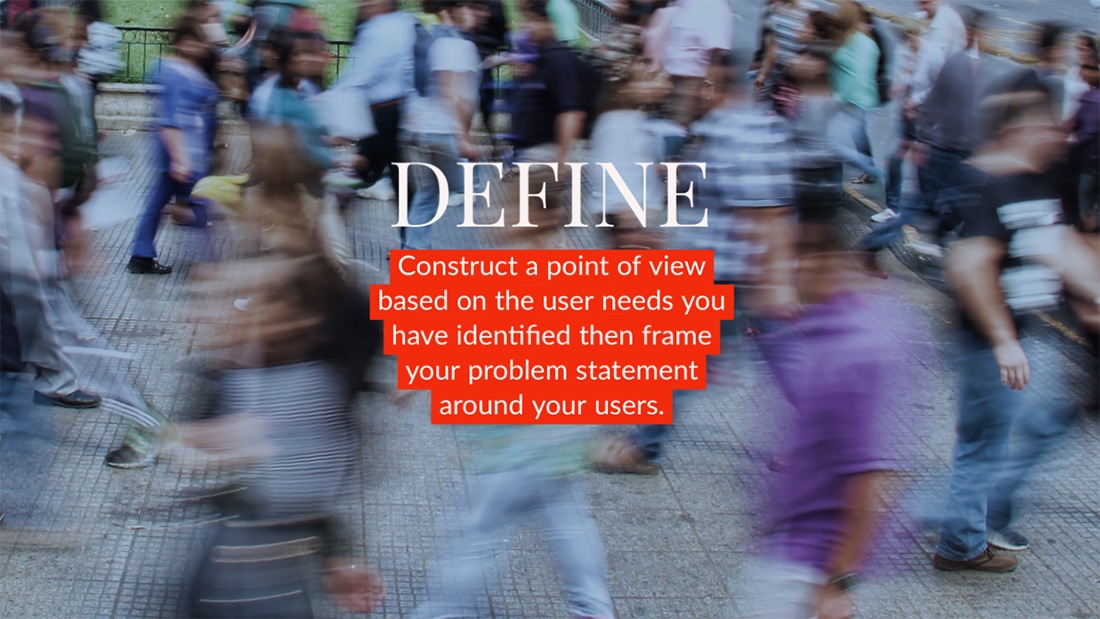
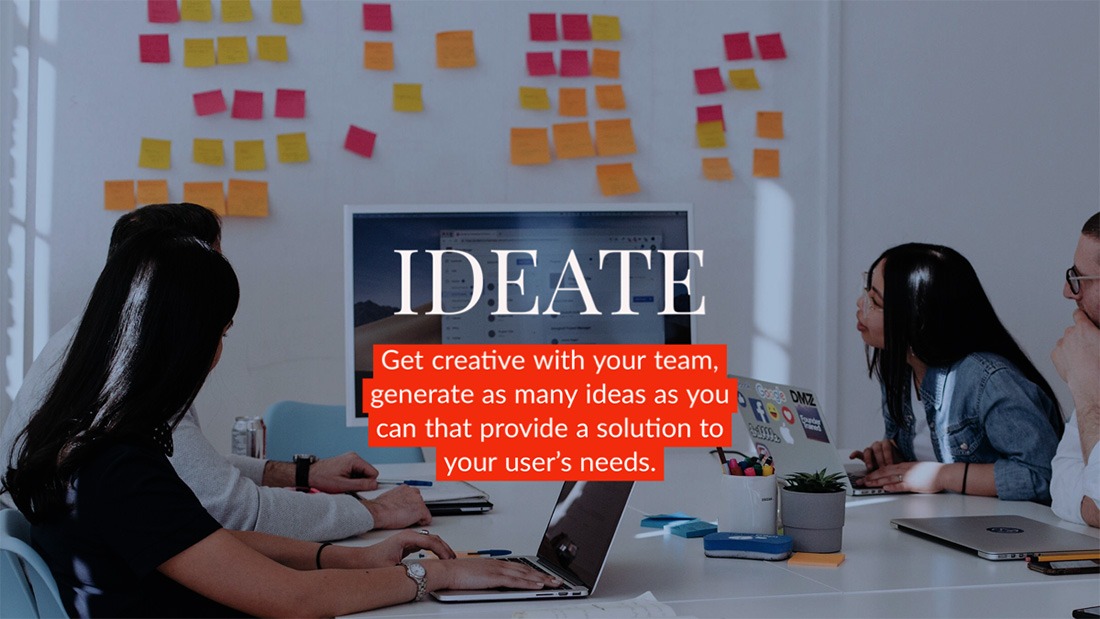
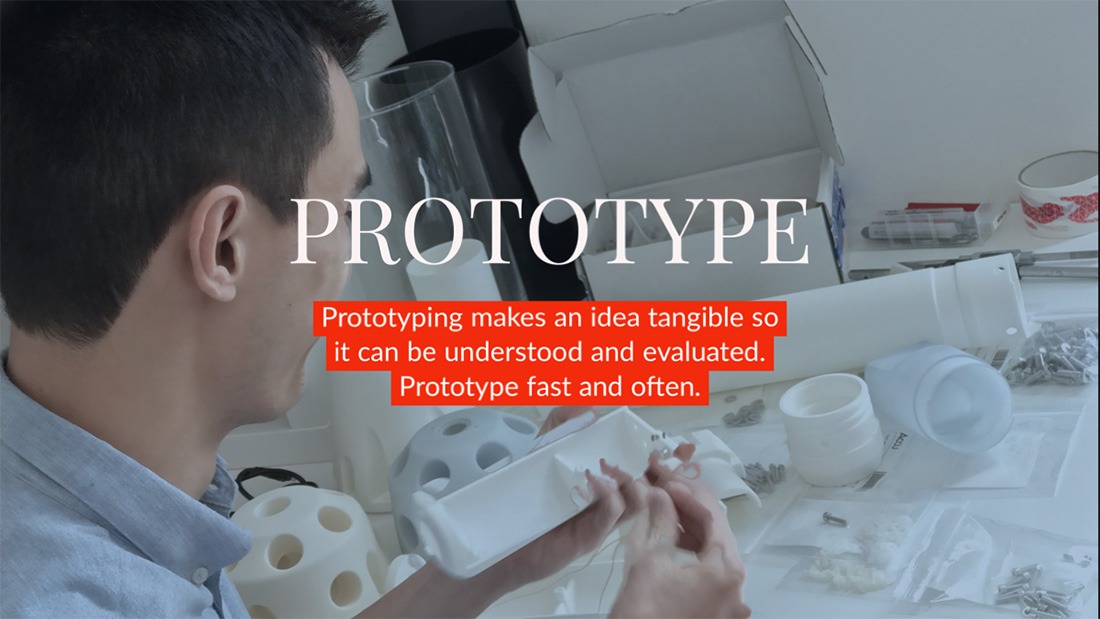
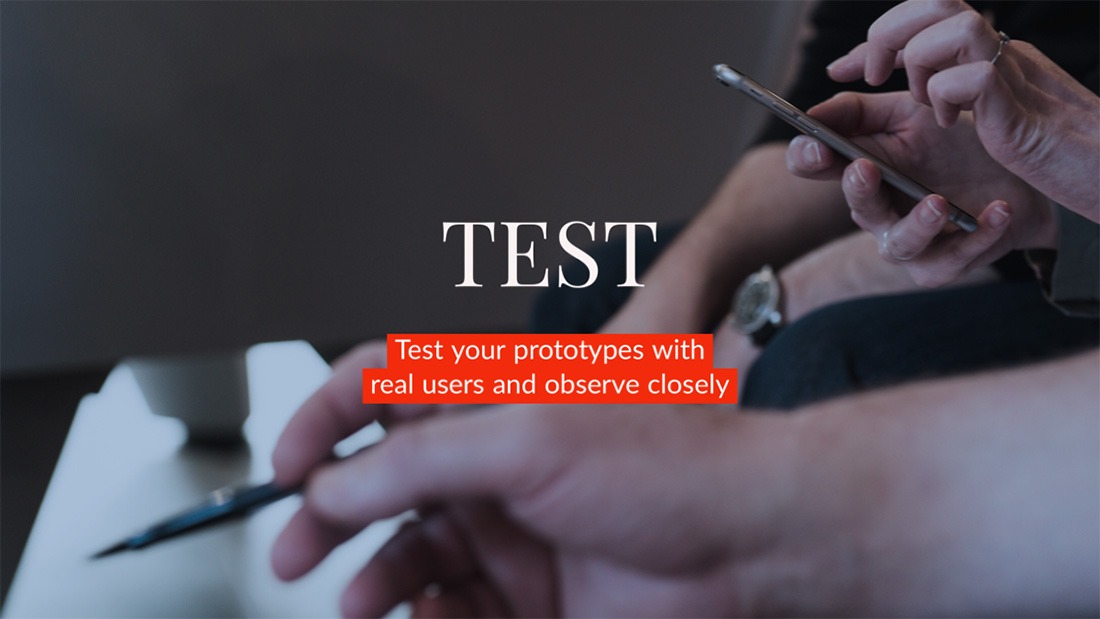

0 Comments